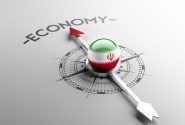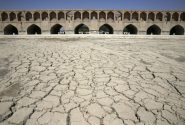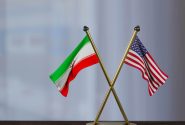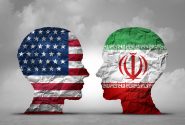Over the past few decades this major industry has always enjoyed a variety of special government privileges on one hand and on the other, has benefited from a monopoly and unrivaled domestic market by establishing trade barriers and very high tariffs. Despite these supports, domestic products still have low technologies and very low safety standards and higher fuel consumption compared to significant developments in the global automobile industry. The final cost of domestic products is very high and if tariffs are reduced, they will not be able to compete with imported products. Most domestic car companies are unprofitable and in fact impose costs on the whole economy.
The question is, why the automobile industry often lose money and still produce products that are far behind foreign competitors in terms of price and technology, despite attracting vast financial resources and enjoying a variety of benefits? Why the Iranian car industry has not been able to become one of the drivers of economic growth and why the losses and negative effects of this industry outweigh its economic benefits?
The answer can be found in the general rule that creating a monopoly market and distancing oneself from the global value chain alongside disregarding the principle of competition and efficiency will lead any given industry to backwardness and loss. All the world’s leading companies and brands have been able to expand their market share and ensure their survival in a competitive environment and through innovation and investment in research and development and the use of economies of scale and improved management and marketing methods.
Government support can never help the development and survival of an industry in the long run, and the government’s insistence on maintaining and supporting inefficient enterprises will impose losses on the entire economy.
The automobile industry experience in Iran is important in the sense that it shows that government supportive policies and monopolies in the economy are an obstacle to the competitiveness and growth of enterprises. In the Iranian economy, instead of removing barriers to business and increasing the efficiency of the financing system and the development of infrastructure and the like, the government tries to support domestic enterprises with supportive policies and the creation of monopoly markets. For example, the government is trying to prevent losses and bankruptcies of industrial enterprises by raising customs tariffs, offering cheap banking facilities, subsidizing inputs, and distributing various rentes.
Such policies may save dysfunctional firms from bankruptcy, but in turn destroy the stimulus to try to innovate and increase productivity. Therefore, in a non-competitive market and despite direct government support, the country’s industrial enterprises are gradually becoming inefficient, indebted and uncompetitive. This will ultimately reduce the competitiveness of the entire industry and hinder the country’s economic growth.
In conclusion, perhaps the country’s automobile industry can be considered a full-fledged mirror to portray the result of the government’s monopoly and direct support for industry.





















